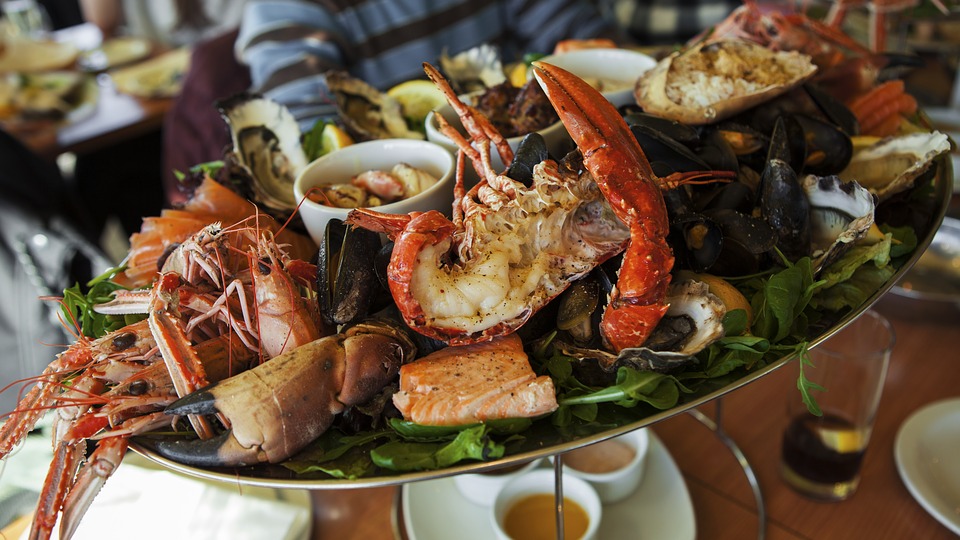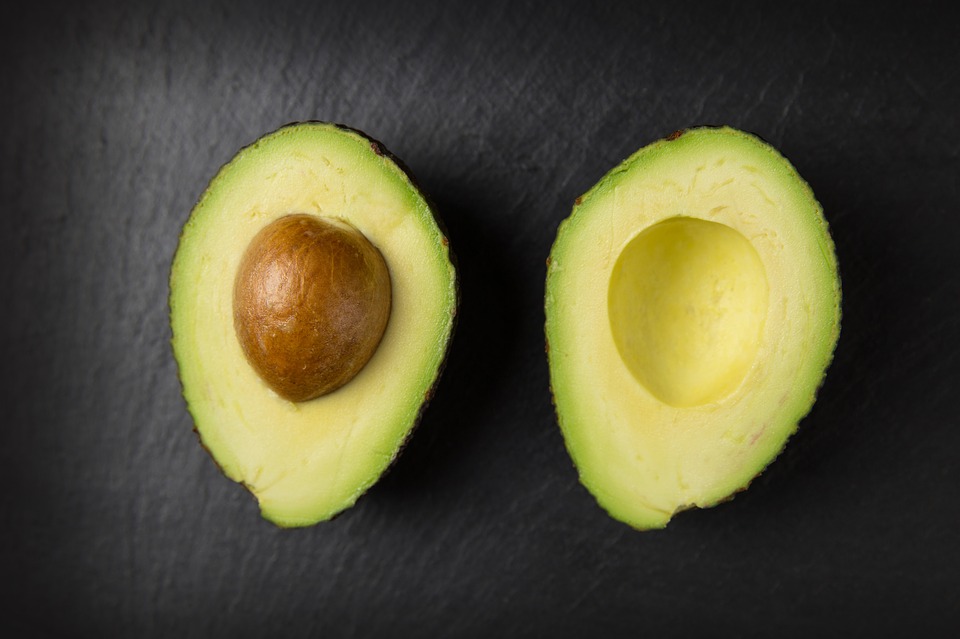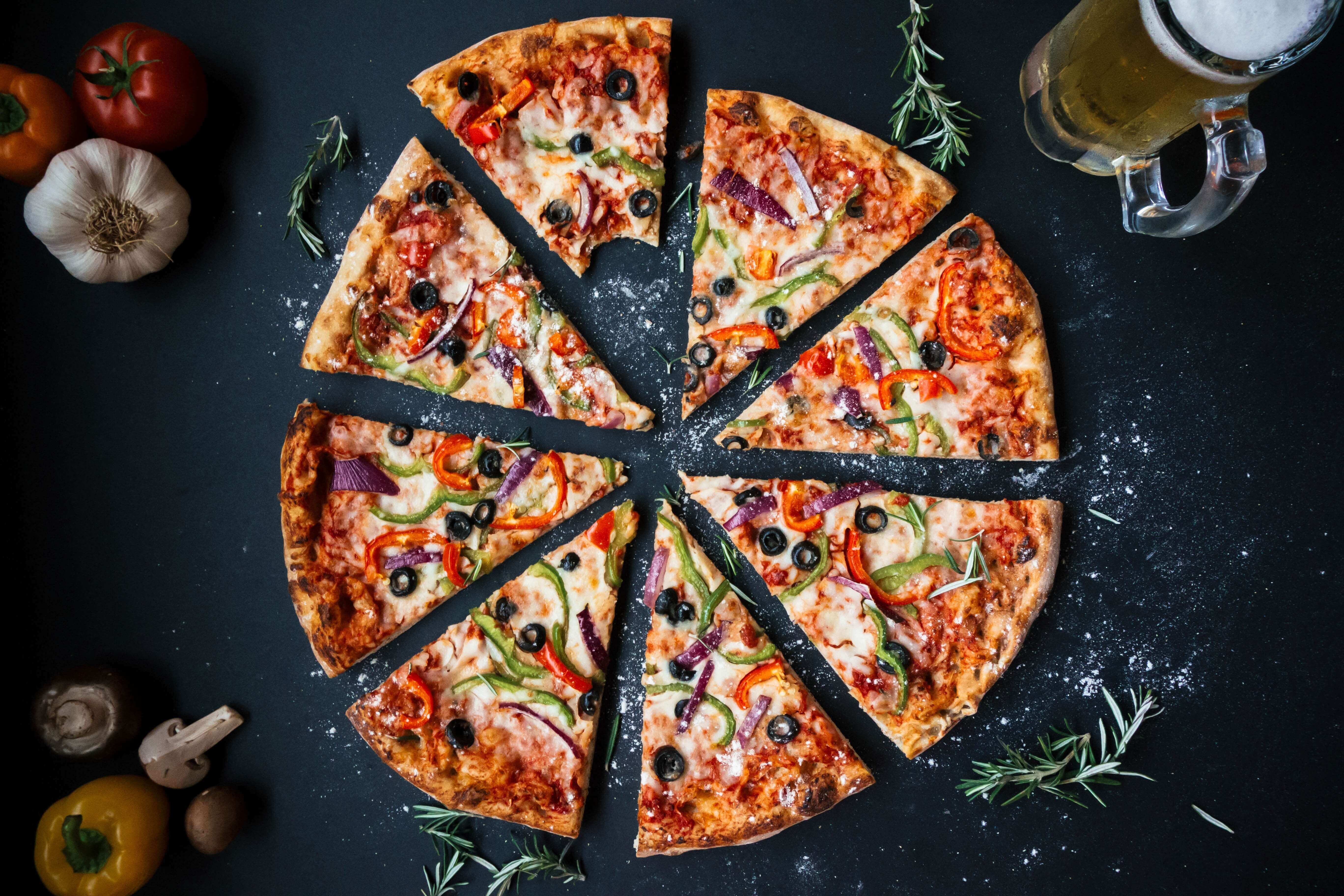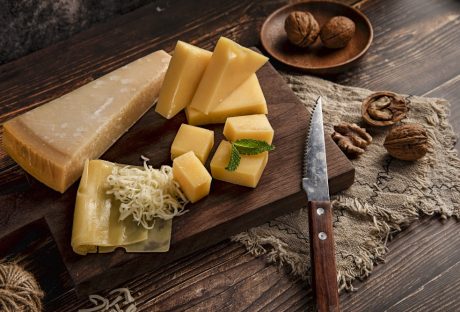Following a ketogenic diet means cutting down the Carbohydrates content in your food and increasing the fat content. This is to ensure that the body consumes fat in order to get the energy required for its functioning. A ketogenic diet is known to have a number of benefits ranging from weight loss to sugar level control. A lot of people rely on keto diets to decrease their body weight and get in shape because of their highly effective results. Also, following the low-Carb diet helps in regulating the sugar level in the body, thus proving to be a boon for persons suffering from diabetes. The sugar level in the body can be checked easily with the help of smack at ketone strips.
Food intake on a ketogenic diet needs to be done very carefully and only after analysis the proper effects of what you’re eating. There are certain foods which have high nutritious value but need to be avoided on a low-Carb diet because of their high Carbohydrates content. To make things simpler for you, here is a list of the items that you can eat while being on a keto diet:
1. Seafood:
Apart from being a good source of vitamins, minerals, and other fatty acids, seafood is one of the major food recommendations for those who are on a keto diet. This is because there are several types of seafood which are low in carbs and even those which are free of carbs. You can rely on clams, mussels, octopus, oysters, and squid as their carb content is very low.
2. Eggs:
Eggs are of the most suitable foods to eat on a ketogenic diet. This is because of the fact that egg contains less than 1 gram of Carbohydrates, thus can be considered as a low-Carb food. Another benefit with eggs is that they keep a check on the appetite so that you don’t end up feeling hungry every now and then.
3. Cheese:
Cheese is a food which is known for its taste and high nutritional There are a lot of varieties of cheese available in the market and almost all of them are rich in fat and low in Carbohydrates. You can safely rely on cheese while being on a keto diet.
4. Low-Carb vegetables:
The non-starchy vegetables are considered to be keto-friendly as they are low in Carbohydrates along with having an ample amount of nutrients. You can choose to eat cauliflower, kale, and broccoli if you’re on a low-carb diet. These vegetables will keep a check on the carb intake along with supplying the required minerals and vitamins to the body.
5. Avocados:
Avocados help greatly in controlling blood sugar level and keeping a check on cholesterol level. Being rich in nutrients and minerals, avocados are known to contain a low value of Carbohydrates. So, they’re safe to consume on a keto diet.
6. Meat and poultry:
Meat and poultry are a great source of Vitamin B, Omega-3 fat, and antioxidants. Being rich in protein, they’re helpful in preserving muscle mass while you’re on a low-carb diet.
7. Olive oil:
Olive oil is considered to be a companion for your heart because it is known to contain oleic acid which lowers the risk of heart-related diseases. Being high in fat, olive oil is free from Carbohydrates and a very good option to consider on a keto diet.
8. Berries:
Unlike most fruits, berries are known to contain a minimal amount of Carbohydrates. Eating blackberries, raspberries, blueberries, and strawberries can be keto-friendly.
Conclusion:
Amidst tough competition, you can rely on these foods to cater to your energy needs without having to compromise with your ketogenic diet. If you want to get more info, visit Seriously Smoked.
Read more:
























